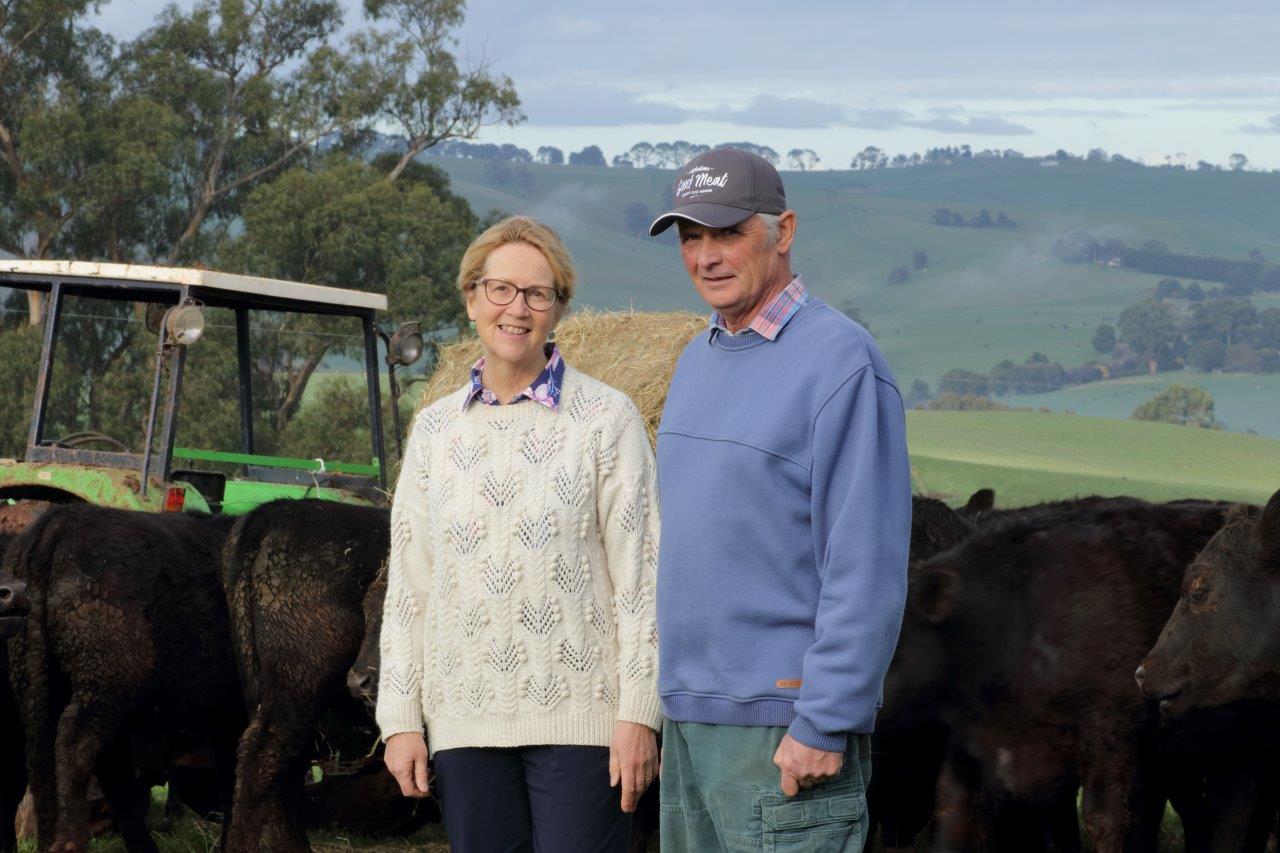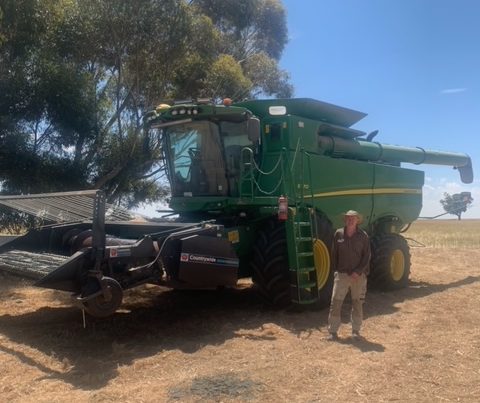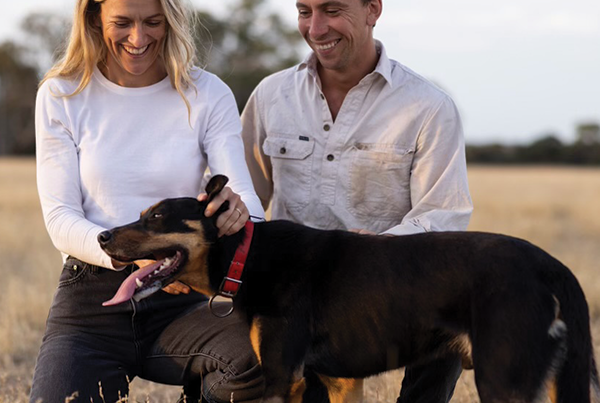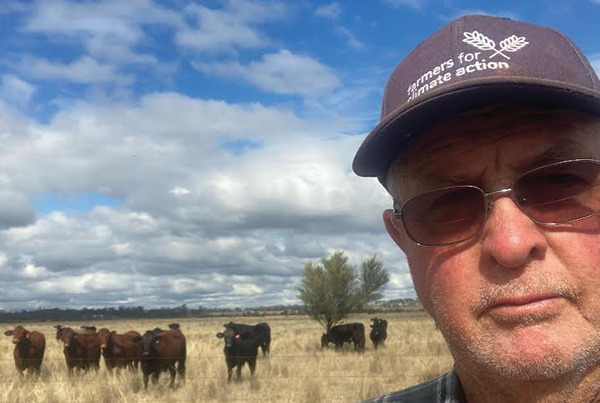At a glance
Who: Fergus and Deb O’Connor
What: Beef Farm, 150 acres, rotational grazing over 7 paddocks
Where: Berrys Creek, South Gippsland, approx 2 hours south east of Melbourne
Can you tell us about your property?
We run a beef farm near Berrys Creek in South Gippsland. Our average rainfall is around 40 inches (1.0245m). We run 1 steer to the acre.
We buy in steers and grow them out, which we then sell on the Never Ever program with Greenhams. Through this program it is guaranteed our beef is 100% grassfed, free of added hormones and antibiotics, free‑range (never confined to a feedlot), free from genetically modified organisms and Meat Standards Australia (MSA) certified. We are part of the MSA/MLA program.
What first got you thinking about climate change?
Deb has been aware of climate change for several decades. Fergus became more aware of climate change after seeing the day to day impact in his management of the farm. It has become apparent to both of us that each person needs to take responsible choices to do what we can to keep the planet healthy.
Has climate change impacted on your farm business?
Yes, we have had reduced rainfall in some seasons and in autumn 2019, our spring was close to drying up. The quality of the air we breathe has been affected by bushfires – this same air is also breathed by our livestock.
What are some of the climate-smart strategies you’ve been employing and how successful have they been?
Our farming philosophy is sustainable farming; caring for the animals, the soil, the water and the pasture. We make significantly more silage to have in reserve, in case we have extended dry periods.
We have planted over 17000 trees since we bought the farm in 2012. We find that the cattle respond very well to the shade and shelter provided by the trees. Though we’ve probably lost 5% of our land to trees, the benefit of having shelter to keep your cattle warm in the cold and cool in the heat is so worthwhile.
The farm has a natural spring which supplies a large dam which is reticulated to the livestock. We have fenced off and revegetated waterways. All the native crayfish, frogs, and lots of native plants, which hadn’t been around for years, have come back. We have invested in water storage and underground water piping to allow us to transport water further.
We have been able to more than double our carrying capacity by using a streamlined rotational grazing system. We work on an 8–10 day rotation and move all the cattle as one mob. This allows the pasture to fully recover between grazing events.
Photo credit: Marg Thomas

